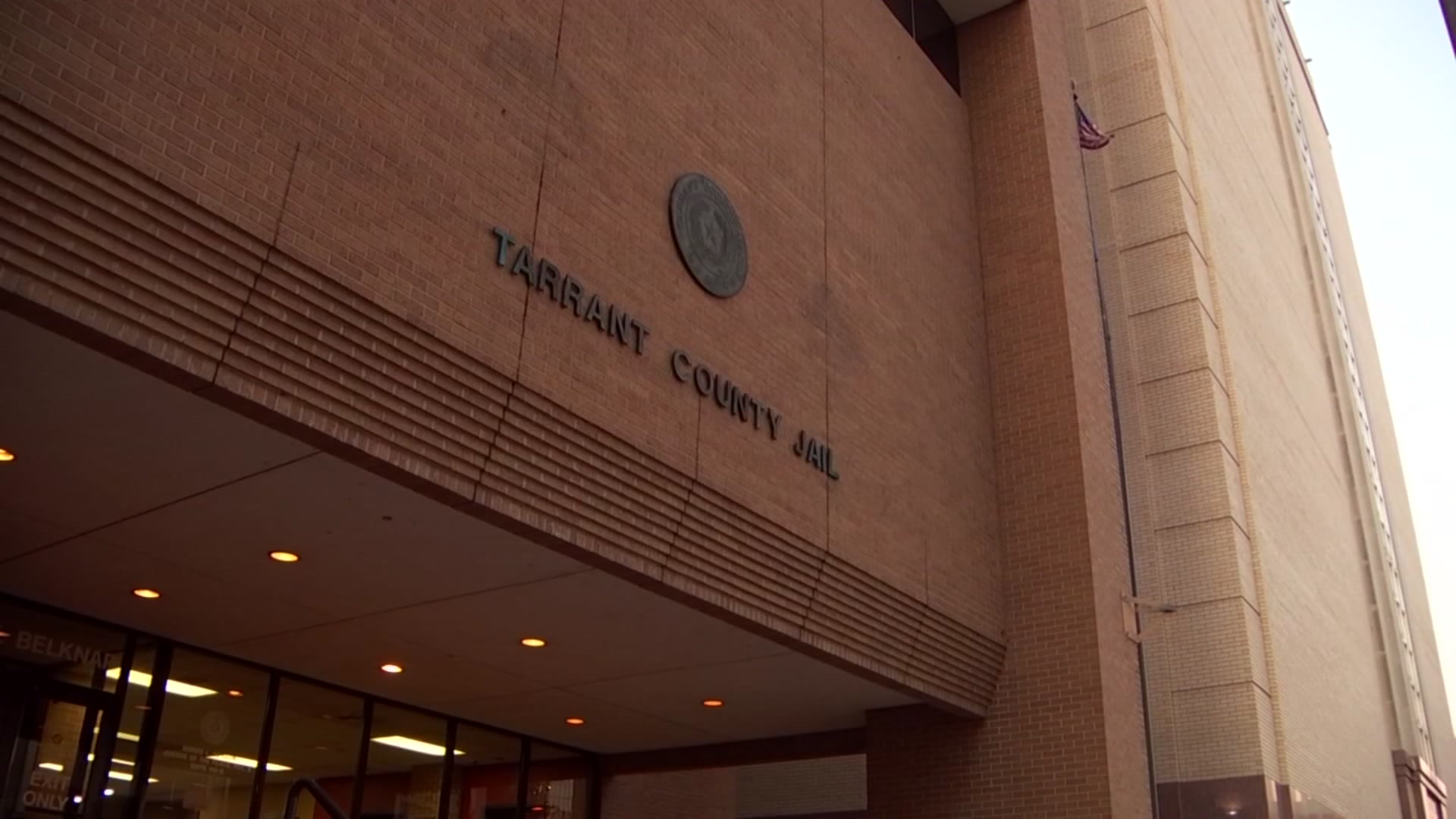Campers sleeping along the Little Missouri River last summer had no warning when water suddenly rushed over its banks and washed a campground away, killing 20 people in the middle of the night.
The devastating flood in southwest Arkansas is a grim illustration of forecasters' inability to predict flash flooding in some areas, but it's one that researchers in Texas hope to change in the coming years.
Technology being tested in the Central Texas region known as "Flash-Flood Alley" is designed to monitor thousands of miles of rivers and predict flash flooding several days in advance, allowing more time to evacuate and block soon-to-be treacherous roadways.
Designers envision their technology being used by regional emergency management officials, 911 operators, emergency response vehicles, personal GPS units or smart phone apps.
"Real-time emergency response is one of the things that really inspired me about this process from the beginning," said David Maidment, a University of Texas at Austin professor of civil, architectural and environmental engineering.
Maidment and other UT researchers have partnered with IBM to create an elaborate compilation of creek, river and landscape data that can be linked to National Weather Services' NEXRAD Doppler radars to predict flood risk down to the smallest tributaries up to a week in advance. Current technology only allows limited monitoring of large rivers and branches, overlooking extensive tributary networks where lives and property are most threatened.
While the technology is not yet ready for commercial use, a regional river authority and a state agency that serves as a clearinghouse for natural resource-related data have expressed interest in using the technology to coordinate with emergency operations officials.
Local
The latest news from around North Texas.
Researchers are testing the model to predict the behavior of the 230 mile-long Guadalupe River and more than 9,000 miles of tributaries. In an hour, the system can generate up to 100 hours of river behavior.
"We're very excited about the possibility," said Bill West, general manager of Central Texas' Guadalupe-Blanco River Authority, one of the most flash flood-prone regions of the nation. "This model has the ability to be much faster and to provide us forecasts much quicker than the traditional models that we rely on today."
The technology could have been a life-saver in Arkansas when the Little Missouri River flooded on June 11, 2010, rising as swiftly as 8 feet per hour during the night, pouring through the valley with such force that it peeled asphalt from roads and bark off trees. By the time officials realized the danger, it was too late to warn sleeping campers.
The disaster exemplifies the limitations that emergency management authorities face with current river modeling techniques.
"It's very difficult to try to (monitor) the entire United States. The model is simply too time consuming," said Ben Hodges, one of the engineering professors working on the project.
"When you go from hundreds of branches of rivers, you can do that. But when you start going to thousands or tens of thousands or millions of segments in a river, to us in river modeling, it's such a big problem."
A fortuitous conversation with IBM researchers led to a breakthrough -- a way to simulate thousands of river branches simultaneously by using some of the same methods the company uses for silicon chip design, which incorporates billions of segments.
"They work on circuits that have a lot of similarities to river networks," Hodges said.
"The big insight that's come out of this ... we can indeed mesh these two different worlds together and make things move faster."
The National Weather Service estimates that flooding is responsible for more deaths every year -- more than 100 -- than tornados, lightening or hurricanes. Only heat can be blamed for more weather-related deaths.
IBM spokeswoman Joanna Brewer said the technology remains in the research state, but already some cities have shown interest. She wouldn't provide details on those discussions and said the cost of the technology is not yet fixed.
Researchers are still compiling data and hope to have a product that can be offered on a wide scale within the next two or three years. Even in the midst of an epic drought, participants are excited about the potential to save lives during the next Texas flood.
"In Central Texas, it's going to flood, it's just when," said IBM researcher Frank Liu. "No matter how dry it is, it's going to flood."



